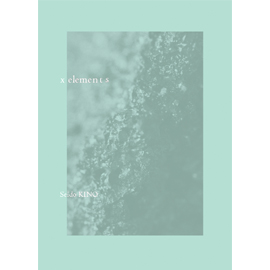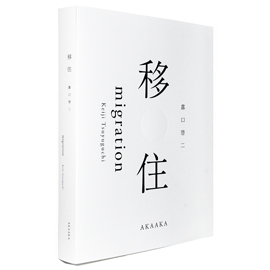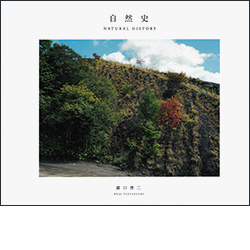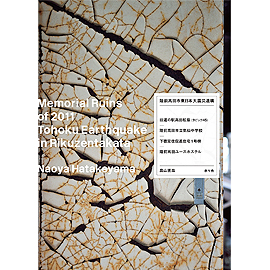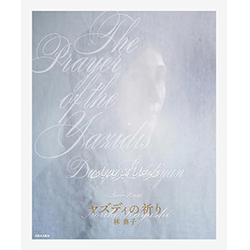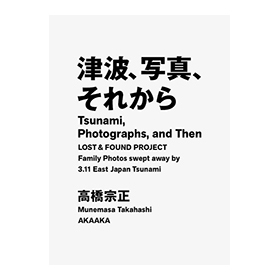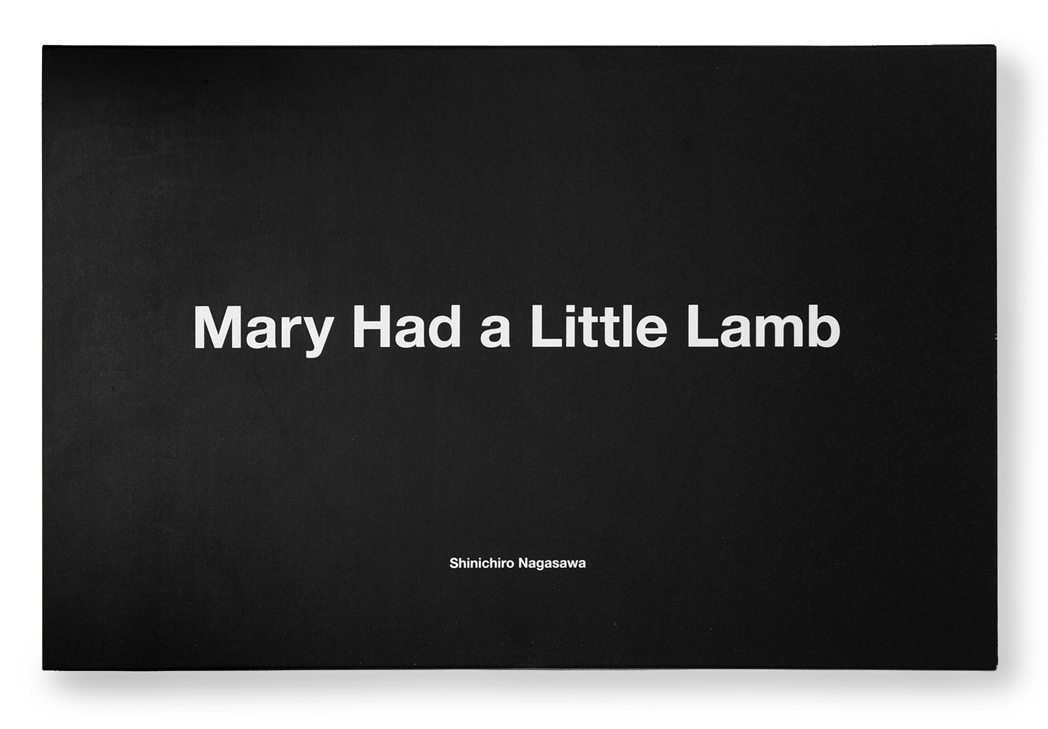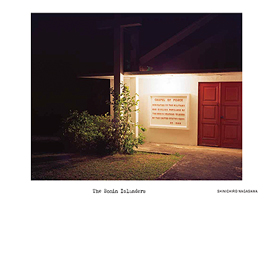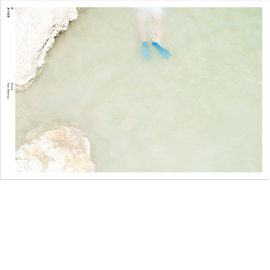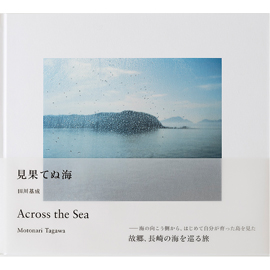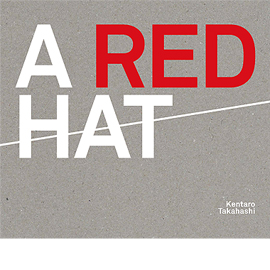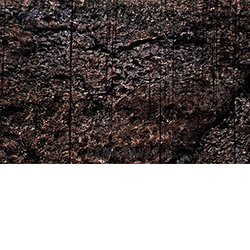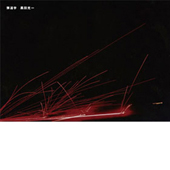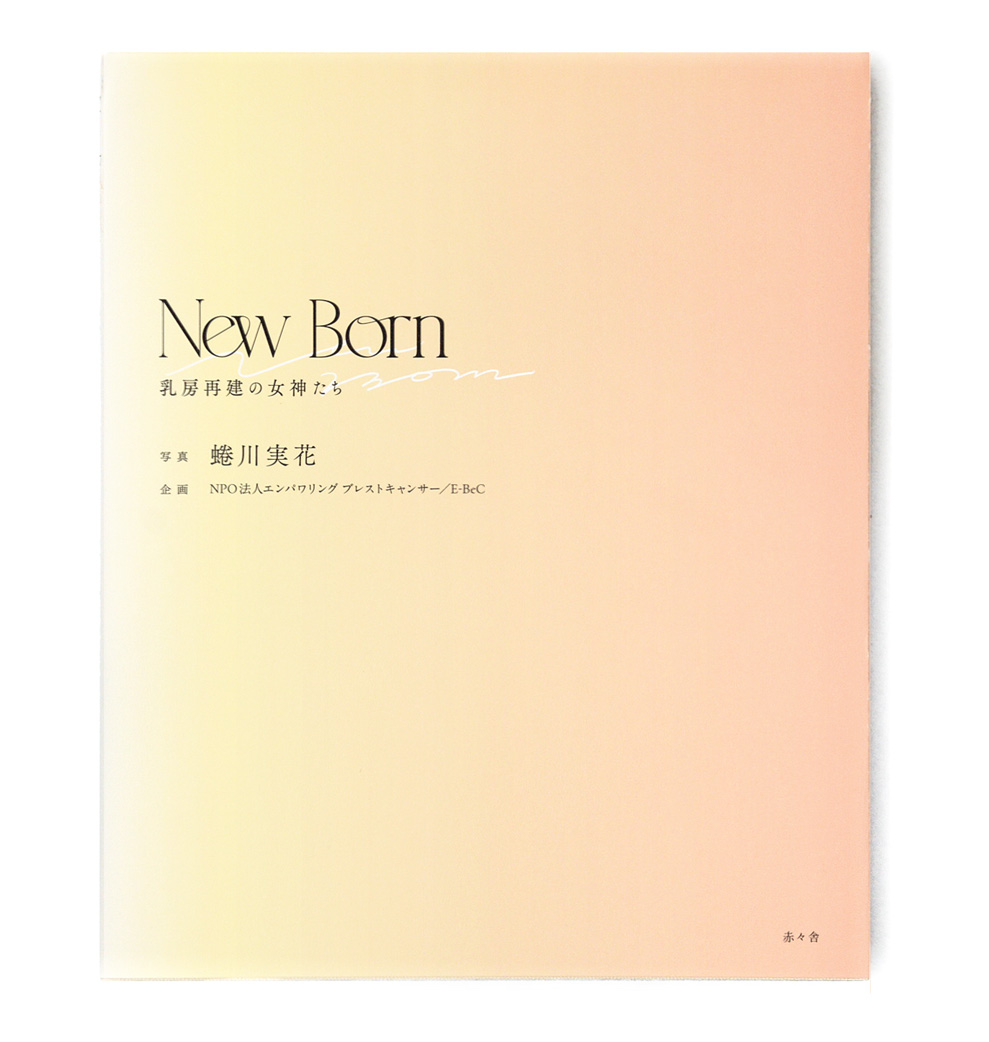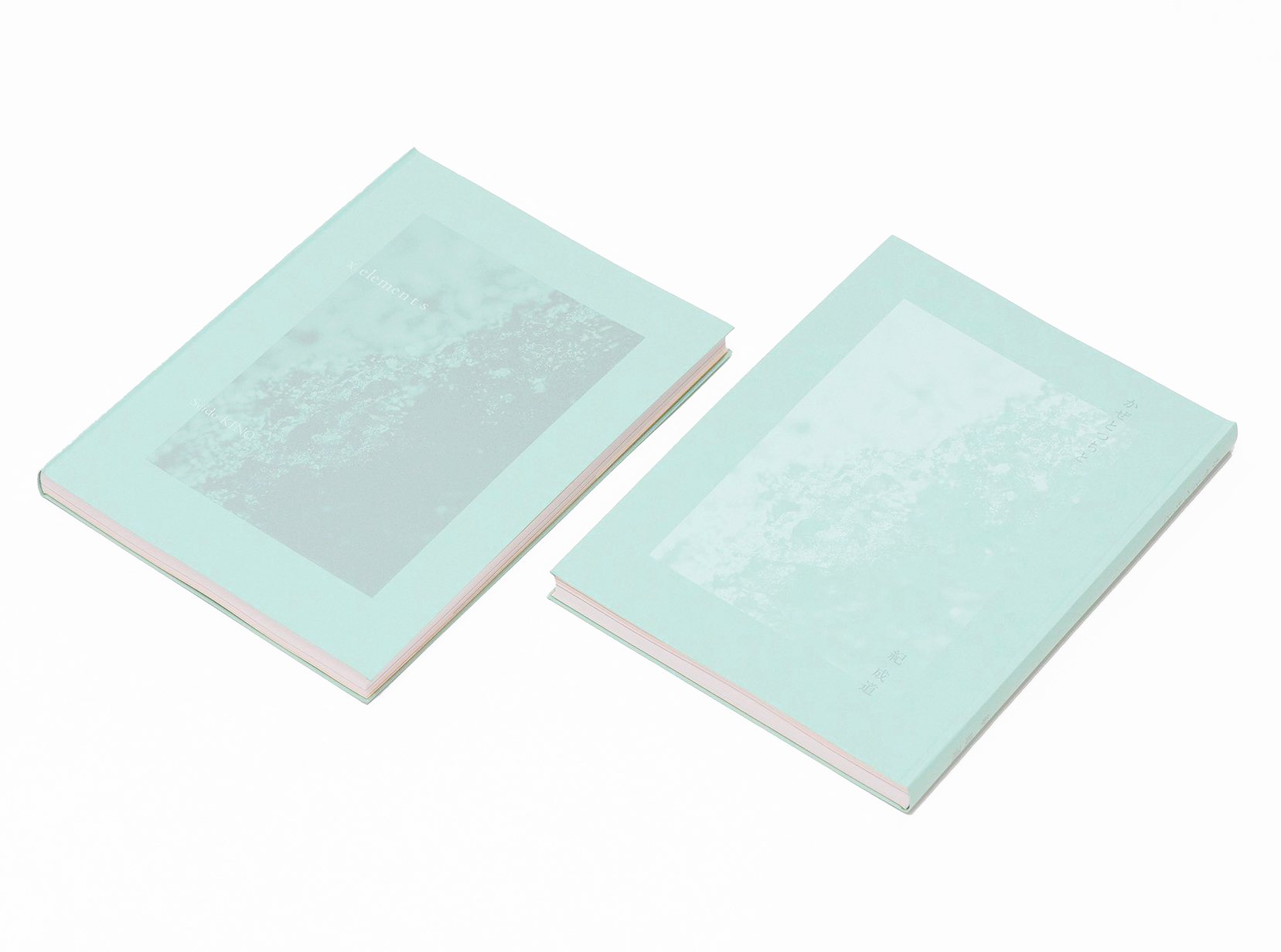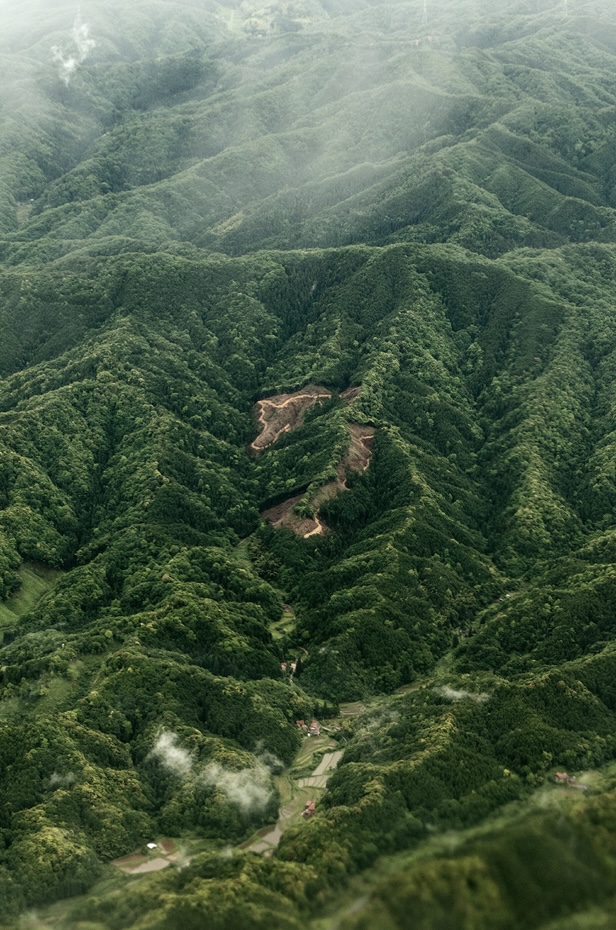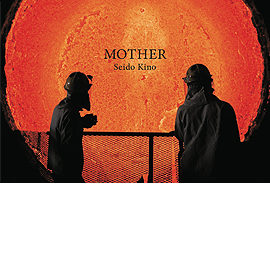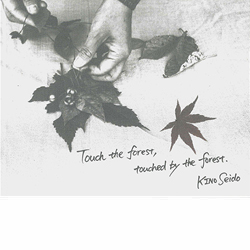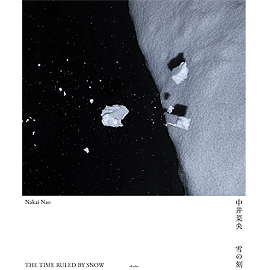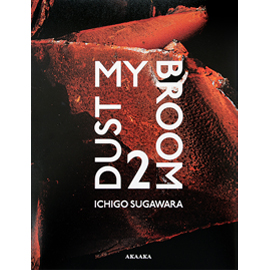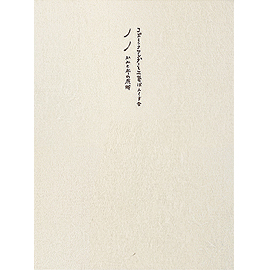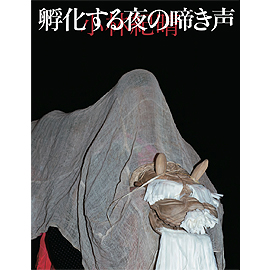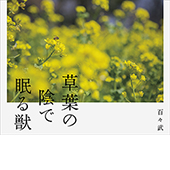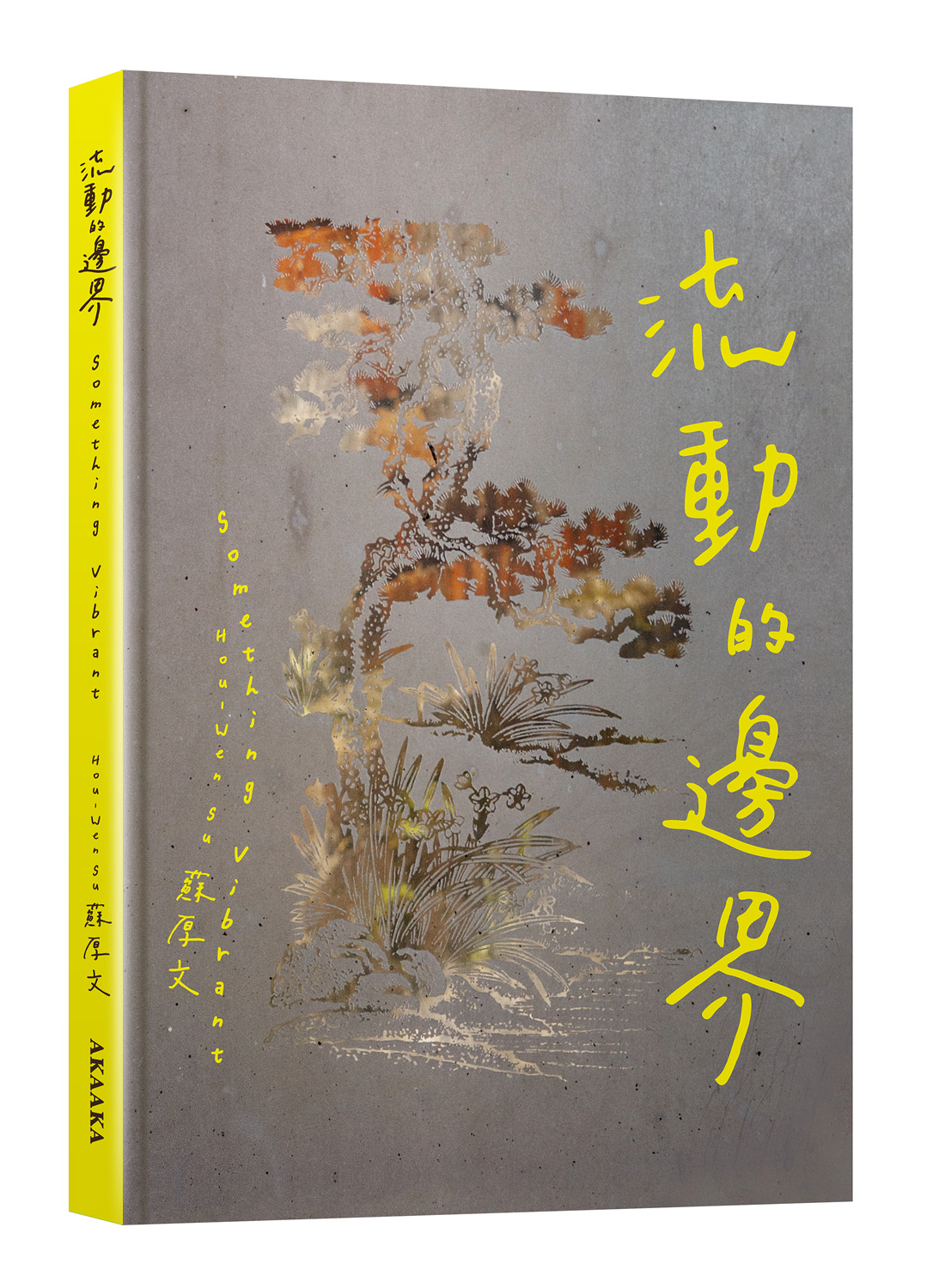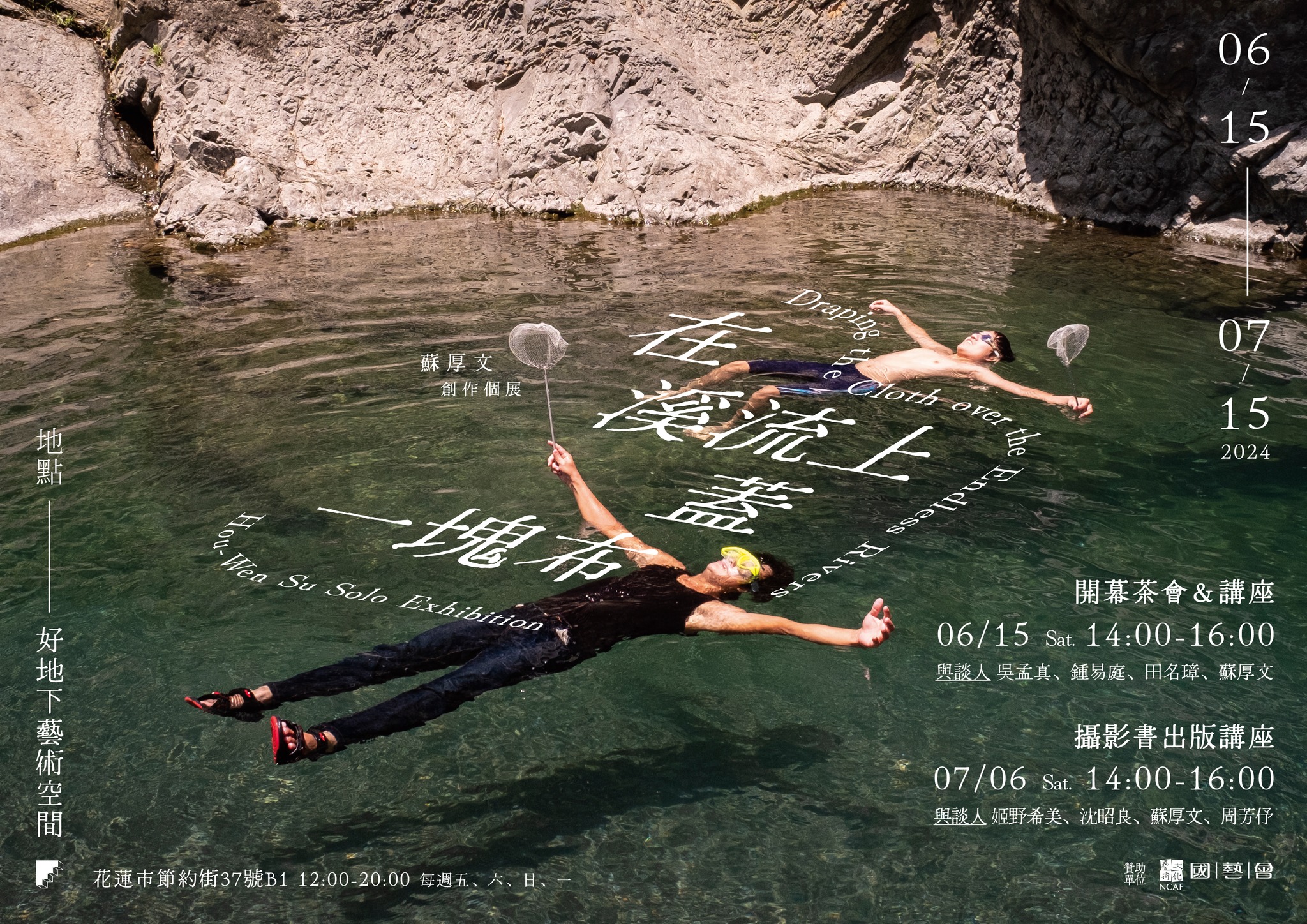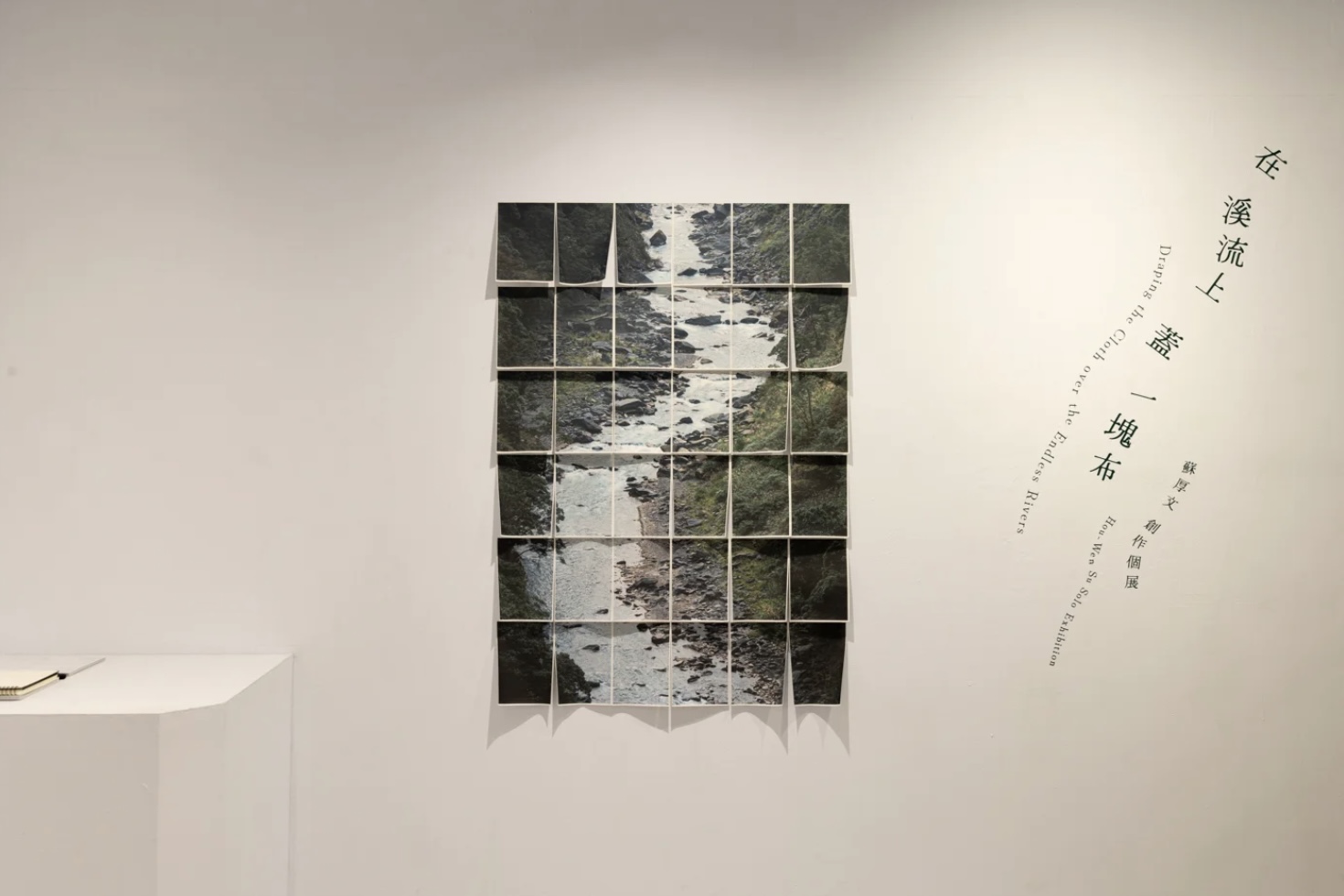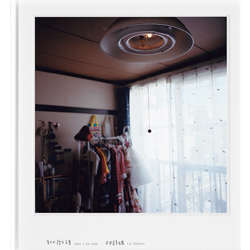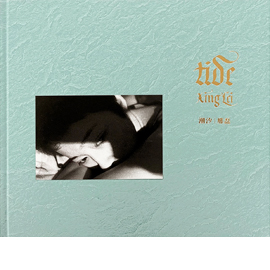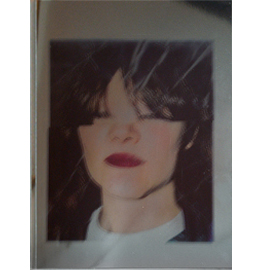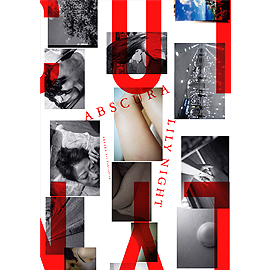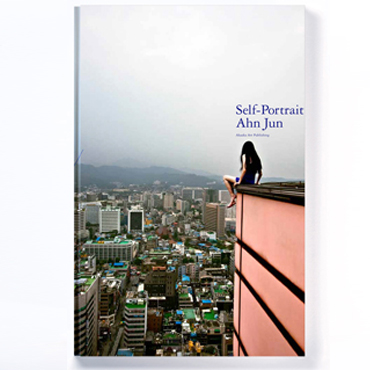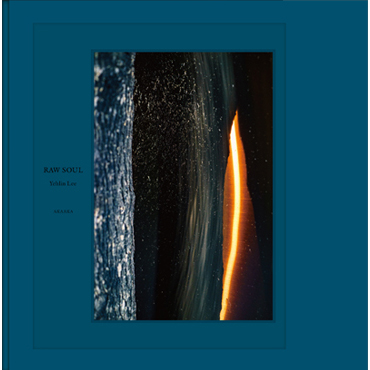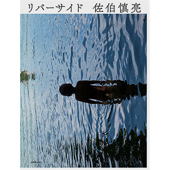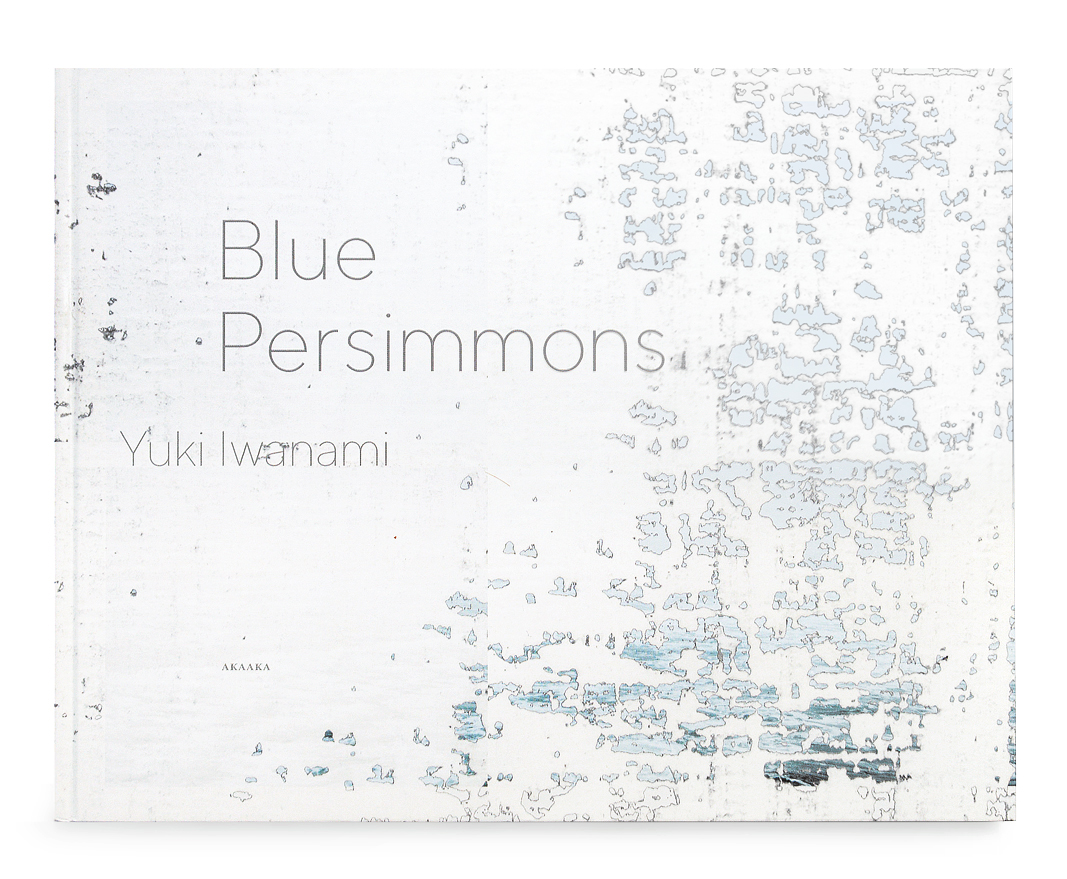
岩波友紀『Blue Persimmons』
Book Design:大西正一
発行:赤々舎 Size:H217mm x W276mm Page:230 pages Binding:Hardcover Published in October 2024 ISBN:978-4-86541-181-2 |
¥ 6,000+tax
国内送料無料! お支払い方法は、PayPal、PayPay、Paidy 銀行振込、郵便振替、クレジットカード支払いよりお選び頂けます。 |
|---|
About Book
見えない放射能 見えない分断 見えない被害。 福島を可視化する
《 Pictures of the Year - Photography of the Year 部門 "Award of Excellence"(優秀賞) 受賞作》
Blue Persimmons
Yuki Iwanami
It was March 2011. The Fukushima Daiichi Nuclear Power Station dispersed radioactive material. In Tokyo, I felt a sense of fear watching footage of reactor buildings exploding that brought home to me the reality of my own and my family's lives being in danger and the demise of Japan. It was the moment when I realized my mistake up to that point in taking things for granted without even a second thought.
This was an accident involving radioactivity that was unforeseen. I felt compelled to begin visiting Fukushima even though I had no prior knowledge of the area and no idea what I could accomplish with photographs. But what I found there were ordinary rural landscapes of forests, fields, hills, and mountains. Radioactive material and radi ation as well as their effects are not visible to the eye. It is only the high numbers shown on a dosimeter that prove the factual existence of radioactive material. This undeni able reality in my mind merged with the peaceful and pic turesque landscapes that were there evoked in me an even more indescribable sense of dread. I became aware that we are unable to see what is truly terrifying. I won dered if it would be possible to make visible the loss of homeland and the invisible damage, and so I continued to photograph in Fukushima.
I moved to Fukushima three years after the accident and it was then that I faced my first inner conflict as a resident. Enough time had already gone by since the accident so that many people had resumed their normal lives. But I couldn't help noticing the abnormal state of constant anxiety and inner turmoil that burdened people as they were going about what appeared to be life as usual.[...]
It became quite clear to me here that what is closer to the truth is often less visible. Just as radiation cannot be perceived with the five senses, the resulting damage and what is essential moving forward also cannot be felt as tangible reality. Perhaps the difficulty in perceiving what is true is not unique to Fukushima but is shared worldwide.[...]
More than ten years after the accident, opposing views and ways of being intermingle. All can be considered the truth. Some people, feeling helpless to do anything, silently observe and suppress their feelings. Others are firmly resolved to act based on their convictions. No one can really say what is right in the past, at present, or in the future. Nevertheless, in Fukushima the land is still there and people continue to live there. This fact alone may be the most significant truth of all.
I've continued to question the meaning of photographing in Fukushima but have yet to find an answer. For me, living and taking photographs are interchangeable, so I guess just continuing to photograph is the same as just continuing to live. The people in Fukushima, as long as they are alive, are just continuing to live their lives. To live life is to continue to move forward, even if you don't know where you are heading or what it all means. This time and space cannot be avoided. All we can do is accept the conditions we find ourselves in.
Artist Information
岩波友紀
1977年長野県生まれ。新聞社の写真部勤務を経てフリーのフォトグラファーとなり、写真家としての活動も始める。現在は福島県に在住し、東日本大震災と福島第一原発事故に関したテーマを中心に作品を制作。人間の生きる理由、土地やモノに刻まれた記憶、などを制作の根底としている。
受賞歴にコニカフォトプレミオ(2003)、Critical Mass Top 50(2014)、NPPAベストオブフォトジャーナリズム 3位(2018)、入江泰吉記念写真賞(2020)など。
主な展示に「Blue Persimmons」(ニコンサロン銀座 大阪 2019、シンガポール国際写真祭 2020、大邱フォトビエンナーレ 2021、KG+SELECT 2022 )、「紡ぎ音」(入江泰吉記念奈良市写真美術館 2021 )、「写真展 福島、東北 写真家たちが捉えた風土/震災」(福島県立博物館 2023)、「Focus Photography Festival」(ムンバイ 2017)、「HOKKAIDO PHOTO FESTA」(札幌 2022)など。
主な写真集に「One last hug 命を捜す」(青幻舎刊 2020)、「紡ぎ音」(入江泰吉記念写真賞実行委員会刊 2021)などがある。
「Blue Persimmons」は、2020年のW ユージン・スミス財団の助成を経て完成した。
Yuki Iwanami
Born in 1977, Nagano, Japan, started his career as a photojournalist in 2001. He covered stories in Cambodia, the Balkans, Afghanistan, and Pakistan. In 2003, he joined the staff photographer team of a major Japanese newspaper based in Tokyo, Sendai, Osaka, and Fukushima.
In 2015, he became a freelance photographer and relocated his base to Fukushima Prefecture. He has since covered stories around the world, with a particular focus on the nuclear power plant disaster in Japan.
Recipient of awards, including the KONICA MINOLTA PHOTOPRIMIO(2003), Critical Mass Top 50 (2013), NPPA Best of Photojournalism (3rd place of Best Published Picture Story, 2018) , and Irie Taikichi Memorial Photography Award (2020).
Notable exhibitions include Blue Persimmons (Nikon Salon, Tokyo and Osaka, 2019; Singapore International Photography Festival, 2020; Daegu Photo Biennale, Korea, 2021; KG+SELECT, Kyoto, 2022), Threads in the Dark (Irie Taikichi Memorial Museum of Photography Nara City, 2021), Fukushima, Tohoku: The Climate/Disaster as Captured by Photographers (Fukushima Museum, 2023), Focus Photography Festival (Mumbai, 2017) and HOKKAIDO PHOTO FESTA (Sapporo, 2022).
Published works include One Last Hug (Seigensha) and Threads in the Dark (Irie Taikichi Award Executive Committee).
Blue Persimmons was completed with support from the W. Eugene Smith Memorial Fund in 2020.
Related Items
|
|
|
|

|
|---|
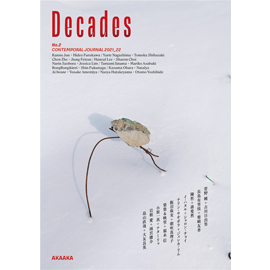
|
|
|
|---|

